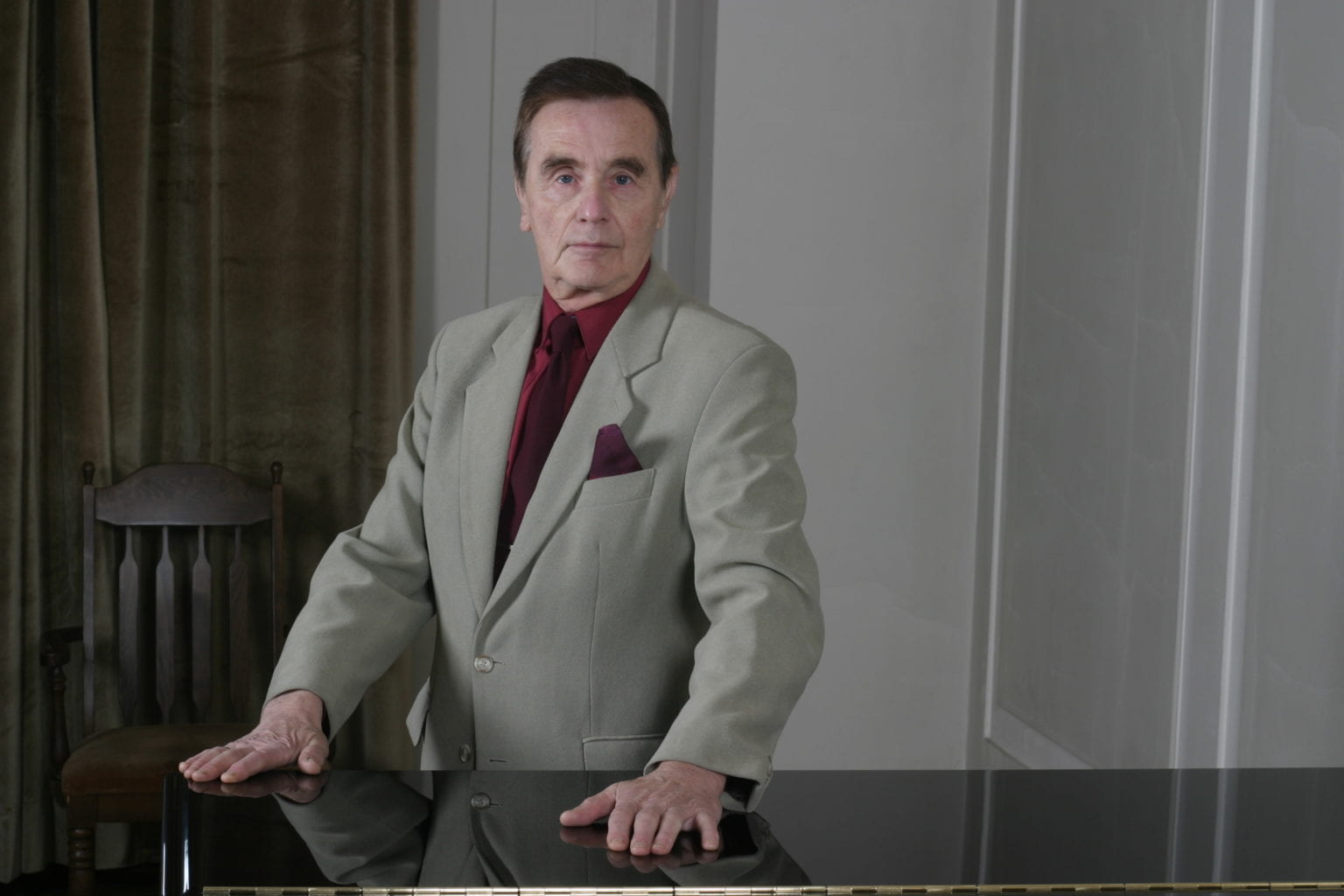The month of June marked the 90th birthday of Romuald Twardowski, a great Polish composer with a fascinating personal history and an impressive catalogue of works. Born in Wilno (now Vilnius, Lithuania) on 17 June 1930, Twardowski began to study violin and piano during the years of World War II. Immediately after the war, for a few years, Twardowski also worked as organist in several of the Vilnius churches, including the St. John the Baptist and St. John the Apostle church, where Stanisław Moniuszko served as organist a century earlier. Since his family decided to remain in Vilnius after World War II, shifting to composition Twardowski continued his studies at the Vilnius Conservatory between the years 1952-1957. Later that year he moved to Warsaw and studied composition with Bolesław Woytowicz at the Warsaw Academy of Music. In the early 1960s, Twardowski traveled to Paris to study with Nadia Boulanger and since 1971 he became Professor of Composition at his alma mater in Warsaw.
Twardowski’s early compositions in the 1950s, featuring complex textures and harmonies, were later withdrawn in favor of a more refined harmonic and melodic-based language. With a great gift for setting words to music, Twardowski composed a number of vocal and stage works during the 1960s, 1970s and 1980s, including such well-received operas as Cyrano de Bergerac (1962), Tragedy or the Story of John and Herod (1965), Lord Jim (1973), Maria Stuart (1978) and History of St. Catherine (1981). Romuald Twardowski is also recognized for his extensive catalogue of about 200 choral works, including cantatas, psalm settings, liturgical music, and songs.
Twardowski’s orchestral music seems inspired by the Baroque-era forms and smaller-sized performing forces, including his Symphony for Strings, Piano and Percussion (1959), the “Staropolski” Concerto for strings (1988), Concerto breve (1998), or Serenade (2003). There are also piano concertos (1957, 1980 and 1984), a Cello Concerto (1997), and concertante works for violin and orchestra: Capriccio en Bleu (1979), Fantaisie espagnole (1986), and Ngunim (1991), as well as a few solo and chamber music works, including a Piano Trio (1987).
In a recent interview with Andrea Angelini—a choral conductor, composer and music journalist—Romuald Twardowski described his compositional style as follows:
The features of my music are a moderately modern by communicative musical language, domination of [a] melodic line, limited ornamental elements, clear instrumentation and perfect correlation of music and text. […] My musical sensibility was formed by different factors and circumstances: traditional church singing (pre-war Polish Vilnius was famous for that), the sound of the church organ, folk melodies, orthodox church music, and the music of Beethoven, Tchaikovsky, and later on, Bartók, Stravinsky, Ravel and Szymanowski. My soul was always closer to [the] European Mediterranean culture than to the Northern European one. All my experiences blended together, and after many years I think I have created a couple of compositional solutions which distinguish my music.
More of this fascinating interview, illustrated by recent photographs of Maestro Twardowski, can be found at: www.andrea-angelini.eu/romuald-twardowski-interview.
Polish Music Publishers (PWM) has added to Romuald Twardowski’s birthday celebrations by uploading videos featuring the composer speaking (in Polish) about his life. Entitled Gawędy Romualda Twardowskiego [Romuald Twardowski’s Tales], in the first installment he talks about the role of chance and luck in shaping his artistic journey—it is available for viewing at www.youtube.com/watch?v=YtQJk_tkru8.
Congratulations, Maestro! And best wishes from your many fans all across the world.
[Sources: pwm.com.pl, andrea-angelini.eu]
